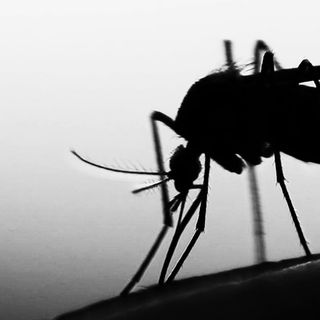In children who are already predisposed to gluten sensitivity and celiac disease — a digestive disorder that damages the small intestine — a diet high in gluten-heavy foods in the first five years of life can increase the likelihood of developing the disorder.
For the study, published in the journal JAMA, researchers studied more than 6,600 newborns in the United States, Finland, Germany and Sweden born between 2004 and 2010, all of whom carried a genotype associated with Type 1 diabetes and celiac disease.
“The incidence of [celiac disease] in the general public is 1%, but for young people who suffer from type I diabetes, the incidence substantially increases to between 5 to 10%,” one of the study’s authors, Dr. Robert Hamilton, a pediatrician at Providence Saint John’s Health Center in Santa Monica, California, told Eco Watch.“In other words, 5 to 10% of young people who have type I diabetes will also have [celiac disease]. This is, of course, a big increase.”
Every few months, the researchers assessed the children’s gluten intake until they turned 5 and compared the levels to the amount of gluten kids without these genotypes and of the same age consumed.
At the end of the study period, researchers found that children who ate higher amounts of gluten were more likely to develop celiac disease autoimmunity and celiac disease itself. Celiac disease autoimmunity is considered the first symptom of the body’s negative response to gluten. When suffering from celiac disease autoimmunity, over time, the immune reaction to eating gluten creates inflammation that damages the small intestine’s lining, causing medical complications such as poor absorption of some nutrients. It is also characterized by diarrhea, bloating, fatigue, low blood count and osteoporosis.
From the study cohort, 20% of the children had developed celiac disease autoimmunity, about 7% had developed celiac disease; most diagnoses came between ages 2 and 3.
Additionally, it was also found that for every gram of gluten intake per day, the risk of developing celiac disease increased for the children.
Related on The Swaddle:
What Does Gluten Free Really Mean?
“Our study shows a clear association between the amount of gluten the children consumed and the risk of developing celiac disease,” Dr. Daniel Agardh, an associate professor at Lund University in Sweden and leader of the study, said in a statement in the university’s newsletter.
It’s important to note that the findings are not applicable to all children. “These are kids that all carry the genotype associated with type 1 diabetes and celiac, so they are more likely to get celiac disease than the general population,” Dr. Gina Posner, a pediatrician at MemorialCare Orange Coast Medical Center in Fountain Valley, California, who was also associated with the study, told Healthline. “Eating more gluten likely triggers the antibodies to be formed. The study is not looking at people without the genotype,” she added.
In other words, Eco Watch reported, “unless there is a genetic history of such conditions, your child can eat all the crackers, chips and bread you want to give them.” Dr. Hamilton added that when it’s time for your child to begin eating solid foods, talk with their pediatrician. “The doctor may suggest testing your child for the genotypes related to celiac disease and type 1 diabetes if there’s a family history of either condition.”




